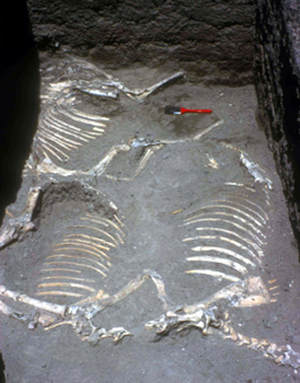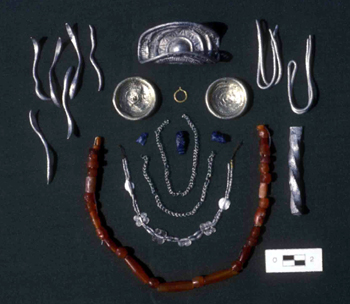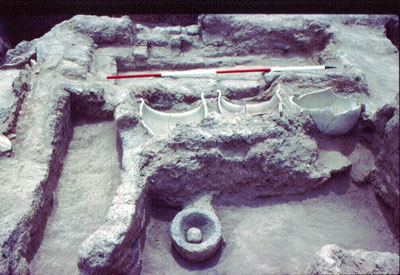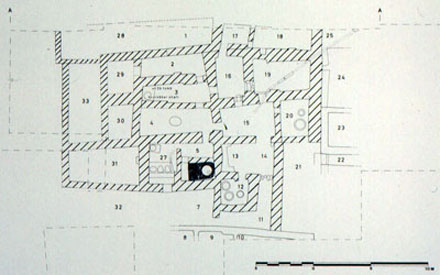Early Jezireh
3rd Millennium BC
This is the period for which we know the ancient name of Tell Brak,
Nagar. The site was an independent city-state with connections to Ebla, to the west. The 3rd
millennium occupation has been comprehensively published in Oates,
Oates, & McDonald (2001), The
Excavations at Tell Brak Volume 2.
During the first half of the 3rd millennium BC, or the Early Jezirah
I-III Period, the site was c 45 ha. Houses of Early Jezirah I-III date,
or Ninevite 5, were revealed in the Area CH excavations, and a
public building in Area TC.
During the Akkadian / Early Jezirah IV Period (c 2334-2150 BC), the
site was an outpost of the southern Mesopotamian Akkadian state.
Mallowan’s 1930s excavations revealed the “Naram-Sin Palace”, a
large storage and administrative structure at the southern edge of the
city. During the 1980s-1990s, a complementary administrative building
complex was exposed in Area SS to its west; these two buildings
may have flanked the southern entrance into the settlement.
Two important buildings of early Akkadian date were exposed in Areas
SS and FS. The Area SS complex comprises an audience court
(8), temple (2-3), administrative areas, large courtyards and
industrial features. Some of the walls in the audience court and temple
area were decorated with plastered ornament and niches.
The Area FS buildings also include a temple, perhaps to the god
Shakkan, and further administrative offices and large courtyards. In
the courtyards, there is evidence of stake holes and herbivore dung.
This institution seems to have been associated with the care and
breeding of equids, including the onager-donkey hybrid that preceded
the horse in this area as the appropriate animal to draw the chariots
of gods and kings.
Cuneiform tablets and sealed bullae were recovered from Areas SS
and FS, some of which recorded the delivery or dispatch of
donkey-onager hybrids.
Both buildings were ritually ‘closed’ and filled after a possible
environmental catastrophe led to their brief abandonment, sometime
before or, at the latest, early in the reign of Naram-Sin. These
closure rituals involved hoards of jewellery and metal objects and
sacrifices of saluki dogs and equids.
Tell Brak continued to be occupied in the controversial “Post
Akkadian” Period (Early Jezirah V), which saw reduction is site sizes
and many site abandonments across the Upper Khabur. Its size was
reduced to c 10-15 ha at maximum, and many of the public building areas
were converted to private use. A large Post-Akkadian house was exposed
in Area FS (Level 2); its most unusual feature is the small “shop”,
entered from a street, with large pottery vessels cut in half to make
containers on the shop “counter”.
Recent excavations in Area HH-G, below 2nd millennium BC houses,
recovered evidence of Post-Akkadian occupation on the northern high
ridge also.
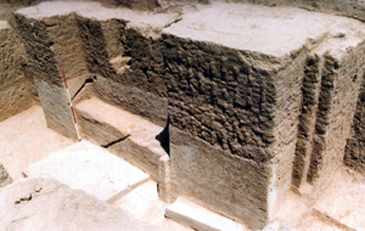
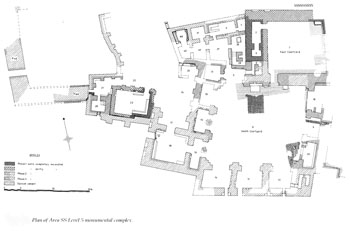
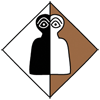
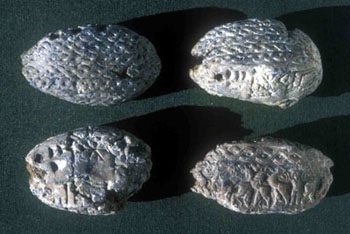
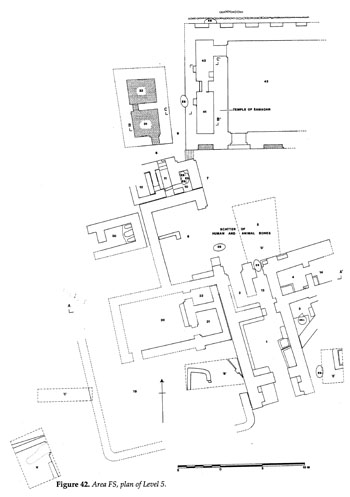
 Valuable jewellery
(as below) and metal objects (as above) were also placed in the
building
as ‘closure’ offerings.
Valuable jewellery
(as below) and metal objects (as above) were also placed in the
building
as ‘closure’ offerings.